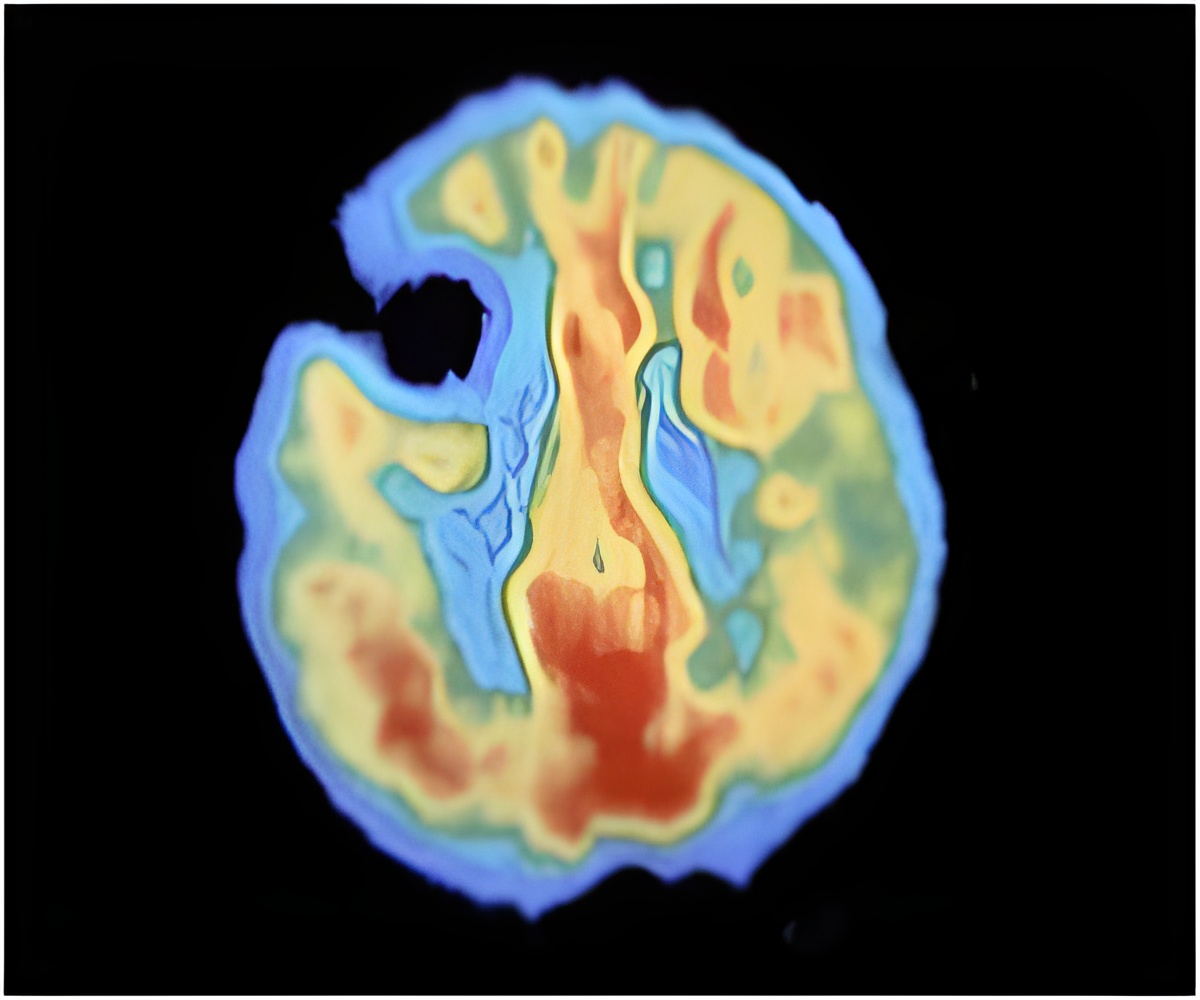In a presentation at the Congress of Neurological Surgeons today, University of Virginia neurosurgeon W.

"So far, this noninvasive treatment has been life-changing for patients," said Elias, the study’s principal investigator and Director of Stereotactic and Functional Neurosurgery at UVA." All now have improved ability to use their dominant hand to perform tasks that they couldn’t do before treatment, such as writing legibly, drinking and eating without spilling, and buttoning clothes. It has been exciting to see their immediate improvements."
The study is using magnetic resonance imaging to guide and monitor the delivery of focused ultrasound to tremor-causing nerve cells in the thalamus, a region deep within the brain known to be an effective target for ET and other movement disorders. The treatment goal is to reduce tremor in a patient’s dominant hand.
Most study participants have had ET for decades, Elias reported. As part of the study’s inclusion criteria, all had previously taken at least two medications that failed to control their tremor. Despite the severity of their disability, patients had opted to cope with symptoms rather than undergo invasive surgical procedures.
Conducted under an FDA-approved protocol, the single-arm, non-randomized, phase 1 study began in February 2011 and is expected to treat 15 patients before concluding. All patients are being followed for three months. If final results prove successful, Elias anticipates launching a larger, pivotal trial to study the overall safety and long-term efficacy of MR-guided focused ultrasound in treating medication-refractory ET.
Funding for the study is being provided by the Focused Ultrasound Surgery Foundation, which is also underwriting a parallel study at the University of Toronto in Canada. Foundation Chairman, Neal Kassell, MD, says the study’s success could lead to other new treatments. "By demonstrating that MR-guided focused ultrasound can treat tissue deep in the brain with great precision and accuracy, we hope to open the door to treating Parkinson’s disease, epilepsy and brain tumors. Much work remains to be done, but the path forward is clear," he observed.
Advertisement
Currently, MR-guided focused ultrasound is an FDA-approved therapy for uterine fibroids; it is approved in Europe and elsewhere for the treatment of uterine fibroids and pain associated with bone metastasis. Around the world, clinical trials are treating prostate, breast, bone and uterine tumors.
Advertisement
The UVA study marks the first step in determining if MR-guided focused ultrasound is a safe and effective treatment for ET and if it offers potential benefits beyond current surgical options. The study has enrolled patients who are 18 to 80 years old and who have taken at least two medications that do not control their tremor. Participants, who are followed for three months after treatment, receive assessments for general health, neurological status and tremor measurements. The study is also tracking data about device or procedure-related side effects that occur within three months of treatment.
Study treatments are performed using the ExAblate Neuro, an investigational device manufactured by InSightec, Ltd. The device consists of a specially designed table with a helmet-like unit that contains phased array focused ultrasound transducers. Treatments are planned with the precision of MR imaging and then monitored with MR thermography, which provides real-time tracking of focused ultrasound delivery. The entire process is noninvasive and does not involve ionizing radiation.
During the study, a series of focused ultrasound pulses are administered through a patient’s intact scalp and skull to a precisely targeted spot in the thalamus. Patients receive no anesthesia and remain awake, providing feedback to clinicians after each pulse. Under the UVA study protocol, only one side of the brain is being treated - known as a unilateral thalamotomy - resulting in single hand tremor control.
Source-Newswise













